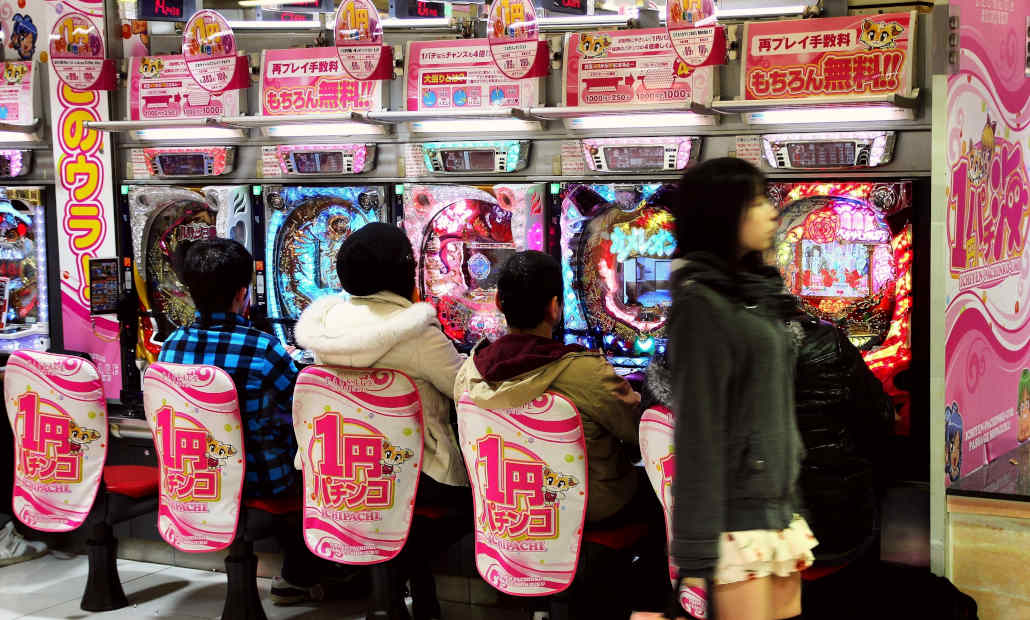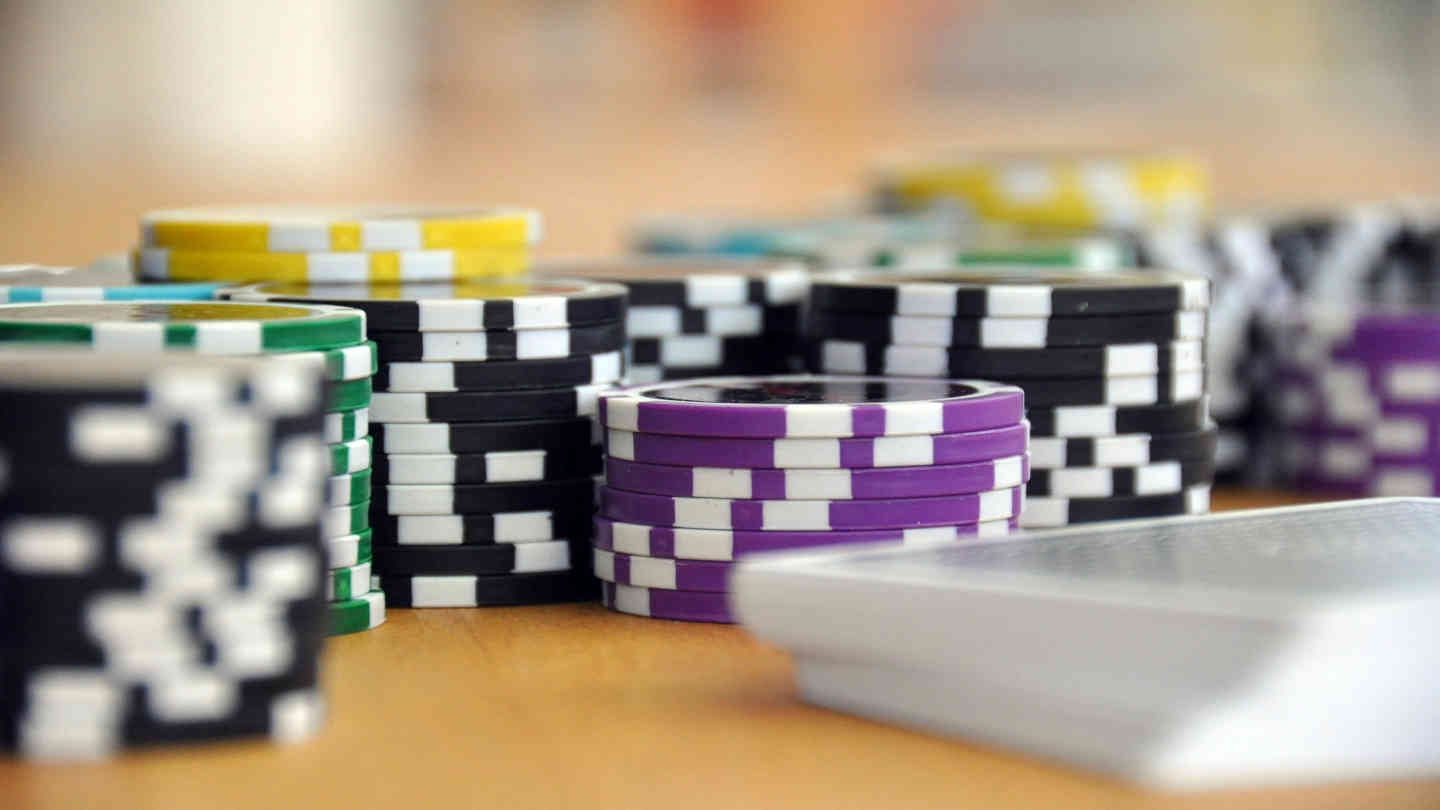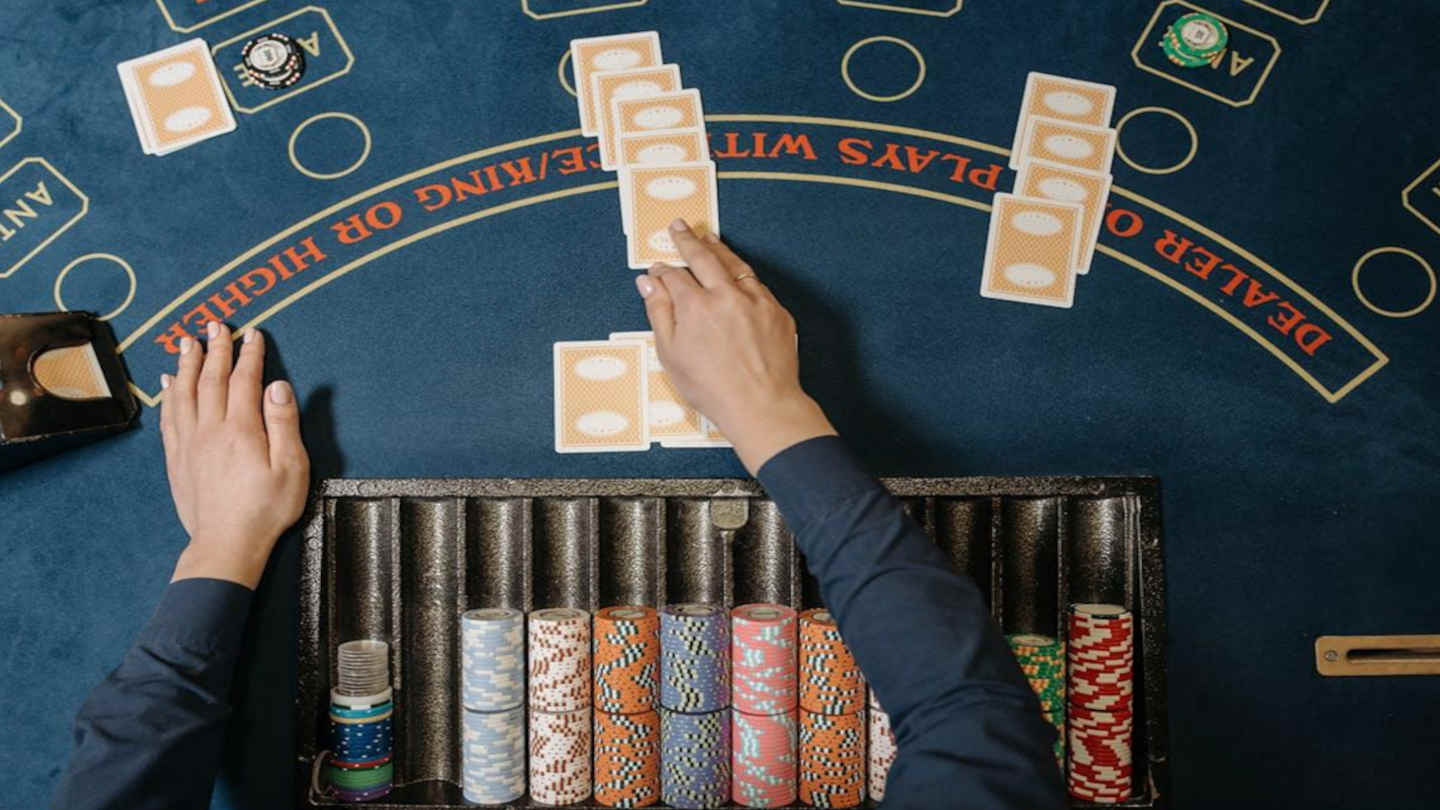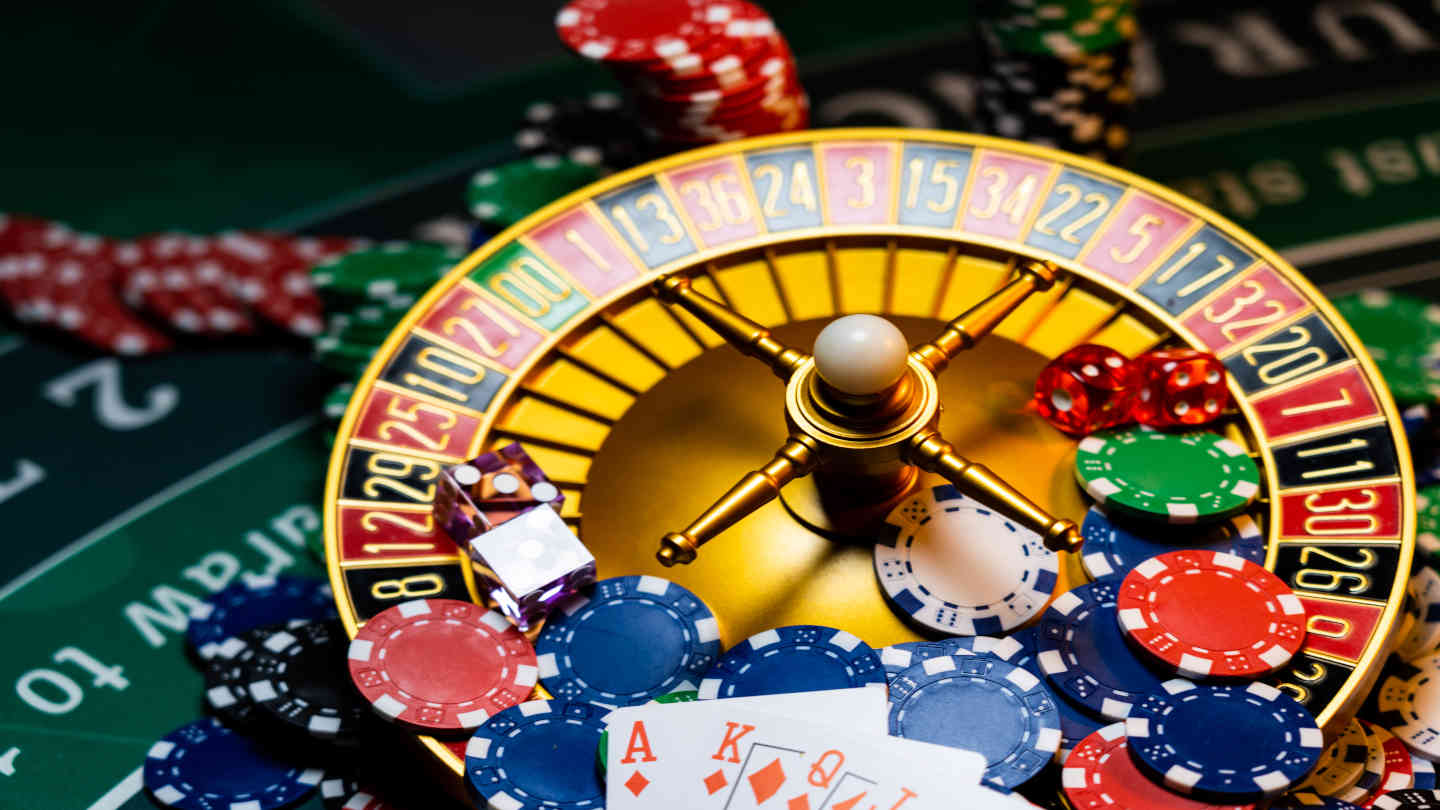Japanese Slots: A Brief History of Pachinko From Humble Beginnings to Modern Times

4 minutes
Last Updated: April 26, 2023
Pachinko, a wildly popular gaming phenomenon in Japan, has captivated the hearts and minds of both locals and tourists alike.
Pachinko’s origins can be traced back to the early 20th century, and since then, it has become an integral part of Japanese culture.
This article will delve into the fascinating history of Pachinko, from its humble beginnings to its continued influence in modern times.
The Origins of Pachinko
The history of Pachinko can be traced back to the early 1920s when it emerged as a popular children’s game in Japan. The game was inspired by the Western game of Bagatelle, which was brought to Japan by European traders.
The Japanese modified the game by making it vertical, using small metal balls instead of wooden ones, and incorporating colorful graphics.
The first Pachinko machines were crafted out of wood and featured simple mechanisms to shoot the balls onto the playing field.

Initially, Pachinko was played outdoors in parks and gardens, with children using wooden sticks to launch the balls onto the playing field.
However, it wasn’t long before the game caught the attention of adults, and its popularity spread to indoor gaming parlors. The first Pachinko parlor opened its doors in Nagoya in 1930, marking a new era for the game.
Pachinko During the Post-War Era
The Second World War and its aftermath had a significant impact on Japan and its economy. With the nation facing widespread poverty and unemployment, Pachinko provided an affordable source of entertainment for many Japanese citizens.
As the game gained popularity, the designs and mechanisms of Pachinko machines became more complex and visually appealing.
The introduction of electric lights and sounds in the late 1940s further enhanced the gaming experience.
During the 1950s and 1960s, the Pachinko industry underwent significant growth, with thousands of parlors opening up across Japan.
The industry was largely unregulated at this time, which led to a proliferation of illegal gambling and organized crime involvement.
Pachinko parlors were often seen as dens of vice, with many establishments allowing smoking and drinking.
Regulation and Modernization
In response to the growing concerns about illegal gambling and organized crime, the Japanese government began to regulate the Pachinko industry more closely in the 1970s.
The government introduced strict licensing requirements for Pachinko parlors, and regulations were put in place to ensure fair play and protect players from exploitation.
With regulation came modernization, and the 1980s saw a technological revolution in Pachinko machines.
Electronic components, advanced graphics, and computer-controlled mechanisms transformed the game, making it even more engaging and exciting for players.
The introduction of pachislot machines, a hybrid of Pachinko and slot machines, further diversified the gaming options available in Pachinko parlors.
Pachinko and Japanese Pop Culture
Throughout the 1990s and into the 21st century, Pachinko continued to evolve, becoming an integral part of Japanese pop culture.
Pachinko machines began to incorporate popular characters from anime, manga, and video games, enticing fans to try their luck in Pachinko parlors.
Tie-ins with popular franchises, such as Evangelion, Lupin the Third, and Fist of the North Star, helped to cement Pachinko’s place in the Japanese entertainment landscape.
Pachinko machines also began to feature elaborate storylines, complete with video sequences and voice acting.
These narrative elements added a new layer of depth to the gaming experience, making Pachinko even more captivating for players.
The Influence of Pachinko in the Digital Age
The rise of digital technology and the internet have had a significant impact on the Pachinko industry. Mobile and online gaming platforms have emerged, offering players the chance to enjoy Pachinko from the comfort of their own homes.
Developers have created digital versions of Pachinko games that closely resemble their physical counterparts, complete with realistic graphics, sound effects, and gameplay mechanics.

Despite the growth of digital gaming options, Pachinko parlours remain popular in Japan. Many players appreciate the tactile experience of playing on a physical machine, as well as the social atmosphere of Pachinko parlors.
In recent years, Pachinko operators have made efforts to modernize their establishments and make them more welcoming to a diverse range of customers.
Some parlors now offer non-smoking areas, family-friendly zones, and a broader selection of food and beverage options.
Challenges and the Future of Pachinko
Like many industries, the Pachinko sector faces its own set of challenges. The ageing population of Japan has led to a decline in the number of young players frequenting Pachinko parlors.
Additionally, Japan’s ongoing efforts to legalize casino gambling could pose a threat to the Pachinko industry, as casinos may attract players away from traditional Pachinko parlors.
To stay relevant, the Pachinko industry will need to adapt to the changing landscape of gaming and entertainment.
This may involve the development of new gaming technologies, the introduction of innovative game mechanics, and efforts to attract a younger, more diverse audience.
The incorporation of virtual reality (VR) and augmented reality (AR) technologies, for example, could provide players with a unique and immersive Pachinko experience.
The Japanese love for games and fun is insatiable, Casilife.com is a great site to learn about all the games they love.
Pachinko’s popularity is being ground down slowly but surely by the large number of competing games out there, every year less people play it. Nevertheless, an unbelievable 4% of Japan’s GDP is spent within Pachinko parlors.
Conclusion
Pachinko has come a long way since its inception as a simple children’s game in the early 20th century.
From its humble beginnings in parks and gardens, it has grown into a multi-billion-pound industry that captivates players across Japan.
As Pachinko continues to evolve and adapt to the challenges of the modern world, it remains a beloved and iconic part of Japanese culture.








